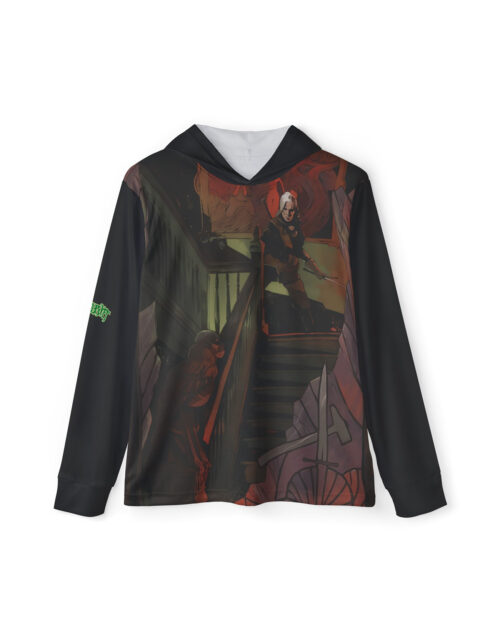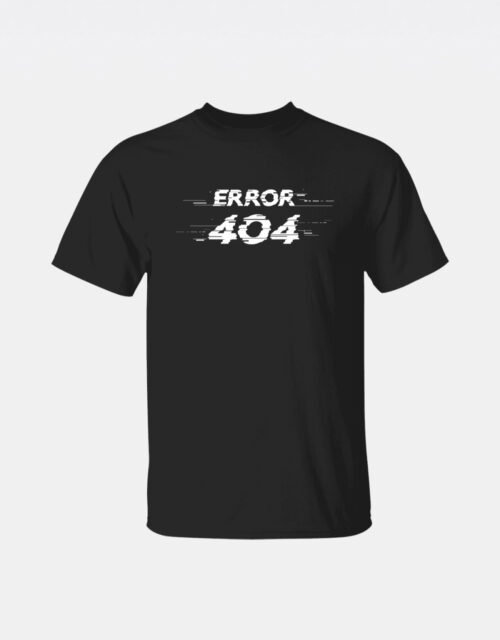Is AI Art Real Art?
In the burgeoning world of digital creativity, the question of whether AI-generated images constitute legitimate art has sparked intense debate. As the digital frontier expands, millions of code-generated images are powering a novel economic landscape. But with the art world historically entangled in controversy and skepticism, does AI art herald a revolutionary epoch, or is it merely the latest gimmick?
The realm of Generative Art, which leverages Machine Learning and Machine Vision to craft visuals, has reignited discussions around the essence of “real” art. Our stance is unequivocal: AI-generated art unequivocally qualifies as art. It’s a process marked by creativity and innovation, involving the development and application of algorithms to manifest novel creations. This intersection of technology and creativity challenges traditional perceptions, prompting a reevaluation of what constitutes art.
Many people’s understanding of art is rooted in classic masterpieces—Monet’s water lilies, Van Gogh’s sunflowers, or Da Vinci’s Mona Lisa—iconic works that have transcended time through reproductions on everyday items. Modern art, often misconstrued as abstract or inaccessible, actually shares a lineage with these historical benchmarks, tracing back to pioneers like Marcel Duchamp. Known for his provocative “ready-mades,” Duchamp redefined art by presenting everyday objects as art pieces, thereby challenging our perceptions of artistic value and creativity.
Duchamp’s era, the dawn of the 20th century, was a period of rapid technological and cultural shifts, making the commonplace seem extraordinary. His work provoked critical questions about the nature of art, its definitions, and its boundaries—questions that continue to resonate in today’s discourse around AI art.
The evolution of art has always been about pushing boundaries, embracing the immaterial, and valuing the artist’s intent and the audience’s engagement over traditional constraints. In the context of AI art, the artist’s role transitions from manual creator to conceptual innovator, guiding the algorithm through decisions about data, model weighting, and creative direction. This shift doesn’t diminish the artistic value; rather, it introduces a new dimension of creativity, where the blend of technology and human insight produces unprecedented forms of expression.
Critics may argue that AI diminishes the artist’s hand, rendering the process impersonal or mechanized. However, mastering these new tools requires as much dedication and creativity as traditional art forms. The artist, though operating through algorithms, remains central to the creative process, setting parameters and infusing the work with vision and purpose. As the art world adapts, so too will our criteria for evaluation and appreciation, embracing the complexities and nuances of this digital renaissance.
AI art, therefore, is not just a legitimate form of art; it represents the latest chapter in the ongoing narrative of artistic evolution. It challenges us to broaden our perspectives and embrace the potential of technology to redefine the boundaries of creativity and expression.










